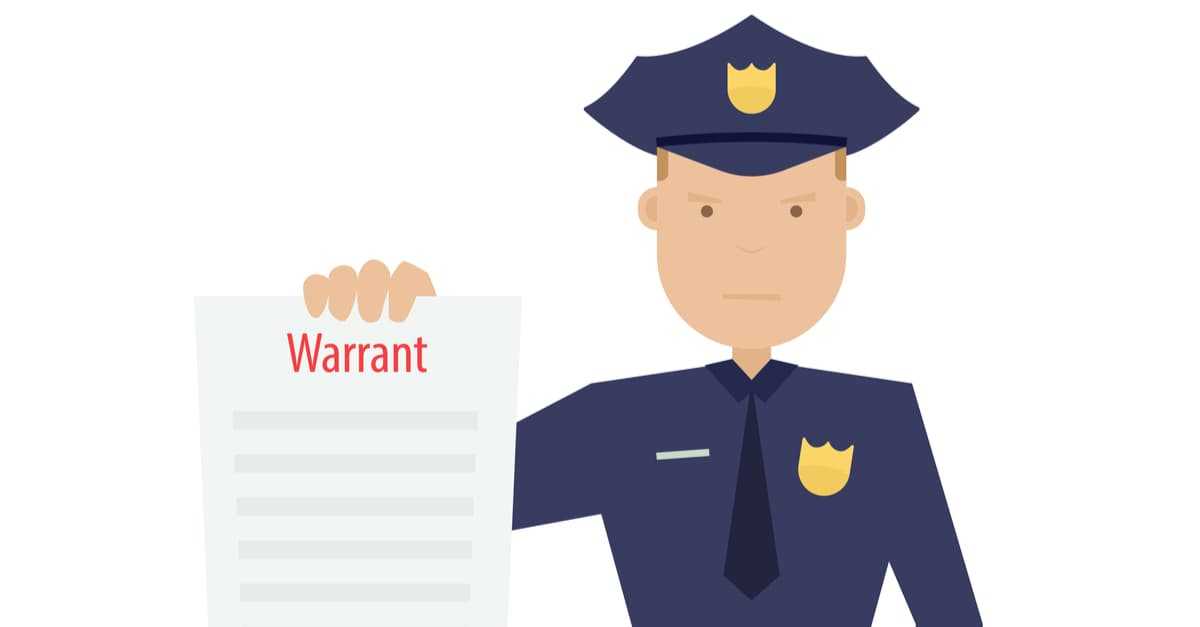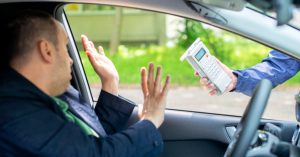Headlights, Taillights and Brake Lights – DUI Stop
Pretext Stops for DUI – Part 1
Pretext Stops for DUI – Part 2
This is the third installment in our ongoing series about police officer DUI stops in Tucson and, when appropriate, how to fight them and possibly win. We covered in the last two sessions a variety of sometimes insufficient and police-popular claimed “violations” including ARS § 28-729.1 (“lane divider”); § 28-730(A) (“following too closely”); § 28-751.1 &751.2 (“wide right turn” & “wide left turn”); § 28-754(A) (“failure to use turn signal”).
I hope these previous blogs have at least given you a flavor of the panoply of occasionally legally dubious or weak reasons local police, especially Tucson Police Department, Department of Public Safety (DPS), Pima County Sheriff’s Department (PCSO); Oro Valley Police Department; Sahuarita Police Department; and University of Arizona Police Department (UAPD) use to justify what are really masked DUI stops.
Today, I want to talk about lights: Headlights, taillights, brake lights, and license plate lights– claimed vehicle equipment lighting violations police tend to use as an excuse or pretext to stop a vehicle late at night and conduct a DUI investigation.
Headlights
First, It goes without saying that if you are driving in the pitch black middle of the night without your headlights like you forgot to turn them on, you have violated the law, and are inattentive, and the police are justified in stopping you. Incidentally, we see quite a few cases where people leave bars or parking garages and simply forget to turn on the damn headlights. More below.
But what if your headlights are on, your taillights, brake lights, and license plate lights are in order (we’ll talk more about those below), but the officer’s reason to stop you is for failing to dim your high beams?
In Arizona, § 28-942 provides:
- When approaching an oncoming vehicle a driver must switch to low beams at 500 feet;
- When driving behind another vehicle, a driver must switch to low beams at 200 feet.
We’ve had cases, occasionally, where the police officer is stationary, on the side of or, in the case of the interstate, in the median, watching traffic. Does § 28-942 require the driver to dim his lights when there is no other traffic moving on the roadway? Arguably not. And in the rare case where the sole justification for the stop is a § 942 “high beam” violation, there is a chance under certain circumstances that the DUI or other criminal case which was based on that shaky stop justification will be thrown out.
Day-time running lights
And what if you have a rental car, let’s say, and you somehow managed to have the running lights on but not the full-blown headlamps?
Be advised that ARS § 28-922 & 23 & 24 requires “two headlamps,” producing light “of an intensity greater than three hundred candle power …”
What exactly might you ask is “three hundred candle power”? Well if “lumens” is a measure of how much light a lamp produces in all directions, “candlepower” is the measure of the spotlight beam one-directional spherical intensity. Supposedly if you know the lumens on your lights you can divide the lumens by 12.57. Or just check the manufacturer’s specs.
In short, if the police officer sees the running lights at a distance of 500 feet, and evidence supports the claimed candlepower north of 300, there is no requirement, per se, in my view that the actual night headlights must be on.
Brake lights
One of my favorite subjects. If you were lucky enough to get stopped solely for having one brake light out, I’ve got news for you: Contrary to popular belief, one shared by the police, there is no requirement in Arizona that a vehicle have two working brake lights. As long as you have one, you’re good to go. The language of the law, clear as a bell, is as follows: ARS § 28-927 & 939 provide that “a vehicle must be equipped with a stop lamp on the rear that emits a red or yellow light, that is actuated on application of the service or foot brake and that may be incorporated with a tail lamp.”
Nothing says you need two. Capiche?
And Arizona caselaw supports this. The leading case is one called State v. Fikes 228 Ariz. 389 (App 2011). There the officer stopped a vehicle (Fikes was the driver) that had one malfunctioning brake light. The court held that the plain meaning of the statute required only one brake light; therefore there was no reasonable suspicion for the stop and all the evidence was suppressed.
Taillamps and License Plate Lamps
ARS § 28-925 provides:
“A motor vehicle …must be equipped with at least one taillamp mounted on the rear … each tail lamp shall emit a red light plainly visible from a distance of five hundred feet to the rear …”
You would think if you got stopped for “one” taillamp out, with the other working, you might be in good shape under State v. Fikes (supra).
But, alas, think again. This is the drama of the law. Unfortunately in State v. Becerra an officer stopped a vehicle with one working taillamp, citing, yes you guessed it § 28-925(A). 231 Ariz. 299 (App. 2016). Of course, the statute on its face and through its plain language requires only one working taillamp, just like the brake light statute requires only one brake light. So how could the officer, or the Court, justify the stop?
Well, the Arizona Court of Appeals did just that, producing an opinion that employed IMHO gymnastics to come up with contorted “community caretaker” justification (which will be the subject of an upcoming blog installment), and if that wasn’t good enough, the court cited for good measure the catchall ARS § 28-982, that allows an officer to stop a vehicle anytime he (she, zie, they) reasonably believe the vehicle is “unsafe.”
There you go. That’s the way the cookie crumbles. I still firmly believe that if the sole justification is a “taillamp” out and the other is working, most sensible judges will at least scratch their heads while the prosecutor screams Becerra!
License Plate Lamps
A little good news on this. ARS § 28-925© requires that “either a tail lamp or a separate lamp shall be … placed in a manner that illuminates with a white light the rear license plate and renders it clearly legible form a distance of fifty feet to the rear.”
Note the following:
- In Arizona you don’t actually need a separate dedicated license plate light. A taillight will do it apparently.
- The light must be “white” in this case not red
- And it must illuminate the rear license plate rendering it “clearly legible” from 50 feet.
- Nothing says you need a license plate light “shade.” A bear bulb will do.
Caselaw on the “license plate light” is better.
In State v. Stoll, the officer had the mistaken belief that the license plate light “shown backwards” rather than just illuminating the plate was cause for a violation of § 28-925. 239 Ariz. 292 (App 2016) Not true, said the Court and threw out the case.
We’ve had cases where the actual license plate light was out, but the taillights were working, and the officer said he could read the plate from 50 feet back because his headlights were on it.
Conclusion
Well, that’s all for today. As you can see, if you are stopped by the police and the only reason is a lighting violation, you will want to take a look at the law. I hope this helps.
Recommended Articles

Driving under the influence (DUI) is a serious crime in Arizona. If you have been arrested for DUI, it is important to understand your legal rights.

This blog will address what you can do to win a DUI case for parked cars and how to avoid, hopefully even getting charged.

The Supreme Court in a 9-0 opinion held that when a minor offense alone is involved, police officers can't enter the home without a warrant.

First, let’s figure out what kind of DUI it is. They’re usually misdemeanors unless there’s been an accident.

Today we’re going to talk about parked cars. Police sometimes approach you when you’ve legally parked a vehicle and are using it as a stationary shelter.

About Michael Harwin
Michael’s skill and experience have been recognized repeatedly. He holds an A-V 5/5 preeminent rating by Martindale Hubbell. He has been named one of the top lawyers in Arizona by Southwest Superlawyers, and one of the best lawyers in Tucson by Tucson Lifestyle Magazine. He also has been named one of the best lawyers in the United States by BestofUS.com , and given the highest rating possible by AVVO, 10/10 Superb. Amazon Books



